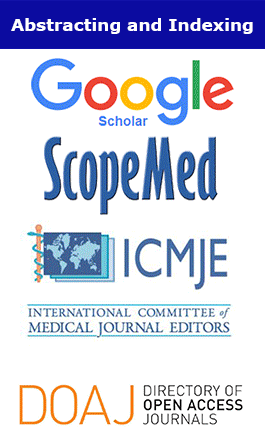Applied Medical Research. 2024;
11(4):(155-161)
Novel Targets in Rare Liver Diseases in Childhood
Stefan Bittmann
Abstract
Rare liver diseases are highly diverse and driven by multiple mechanisms that are not well understood.
Classifying these diseases is challenging, but the European Reference Network (ERN) on rare liver diseases
has proposed categorizing them as autoimmune, infectious, genetic/hereditary, vascular, neoplastic, and
others with unknown causes. Despite the difficulties in studying these diseases due to limited access
to large series and biological samples, they have significant translational value. Rare liver diseases can
serve as unique models for understanding liver pathophysiological responses and mechanisms of disease
progression. In monogenic conditions, the impact of a single faulty gene on homeostatic mechanisms can
be studied under well-established experimental conditions. Therefore, rare liver diseases can be seen
as a roadmap for understanding core mechanisms that may also be relevant for more common chronic
liver diseases. There are numerous rare liver diseases in newborn and childhood, with some of the more
common ones being Alagille syndrome, biliary atresia, primary bile disorders, a group of 9 gene defects
with correlating enzyme defect of the two different bile synthesis pathways, primary biliary cholangitis,
primary sclerosing cholangitis and progressive familial intrahepatic cholestasis (PFIC). Going into detail all
these have any genetic background in children, which will be evaluated closely in this manuscript.

